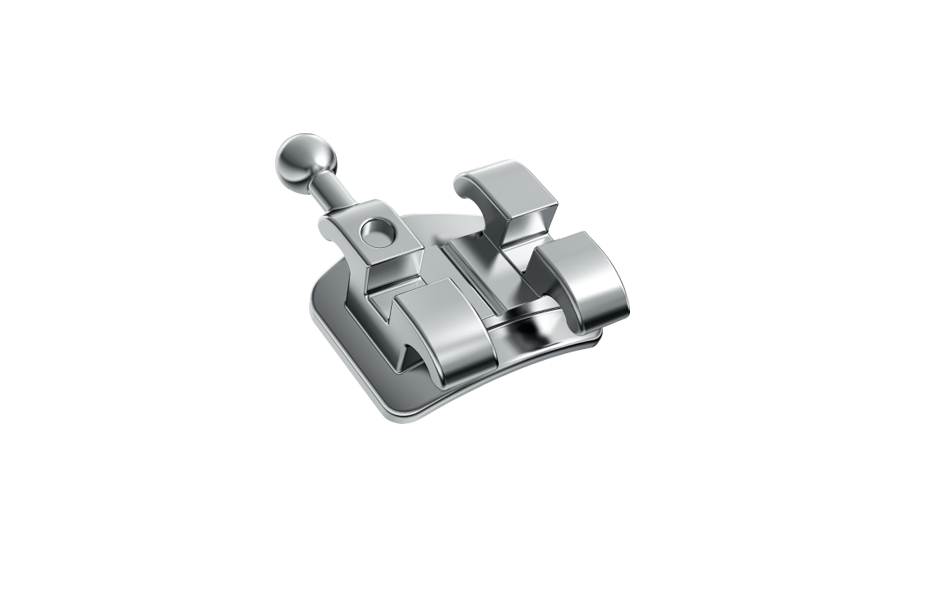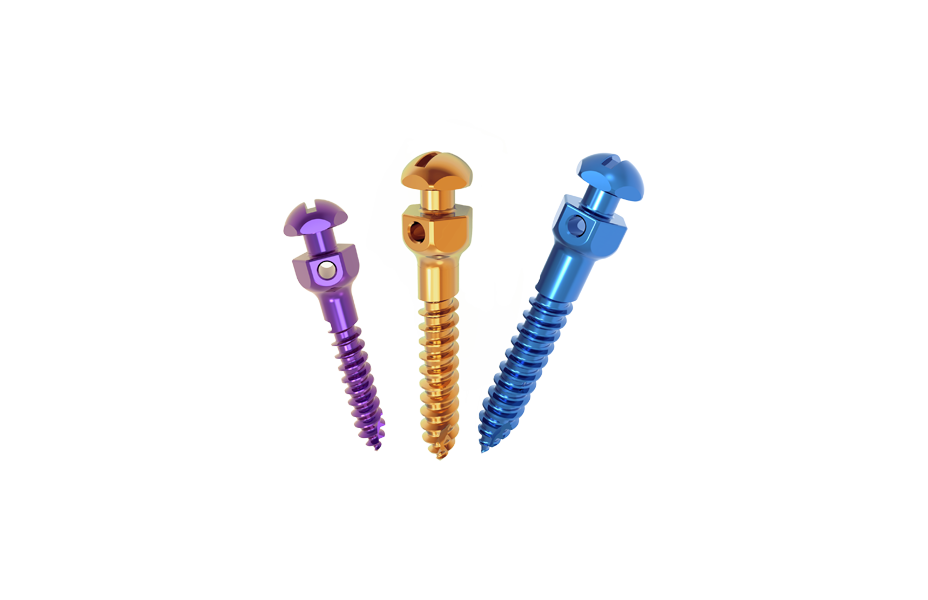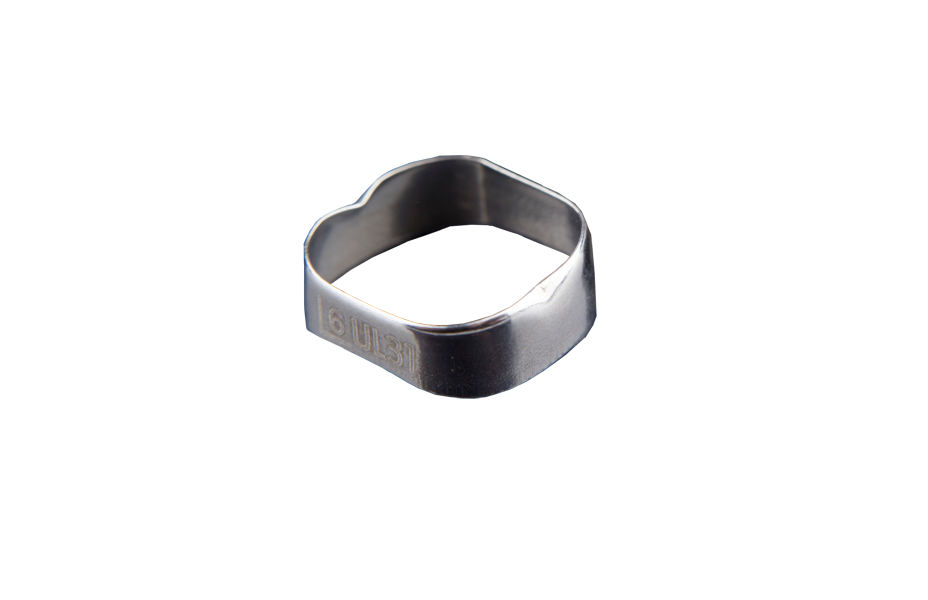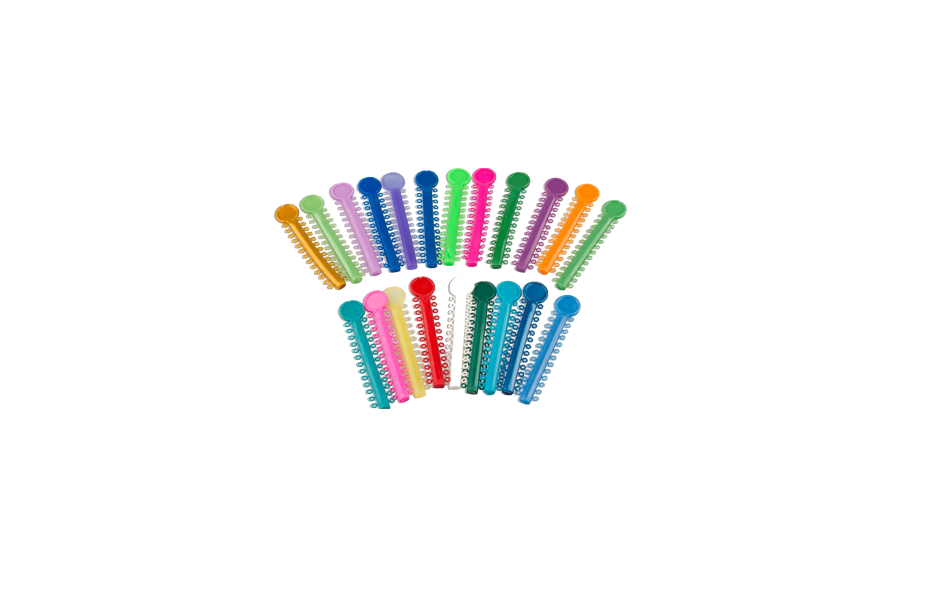Advantages and Clinical Applications of Dual-Wire Orthodontic Technique
The dual-wire orthodontic technique utilizes a double-row slot bracket with horizontal auxiliary tubes. It incorporates auxiliaryarchwires into the horizontal tubes, forming a dual-wire system that applies orthodontic forces.
Distinguished from traditional single-wire systems in conventional brackets, which have only two points of force application, the dual-wire system boasts four points of force application, thereby creating a force plane. This feature enhances the efficiency of controlling tooth movement during orthodontic treatment.

Advantages of Dual-Wire Orthodontic Technique
Compared to single-slot brackets, dual-slot brackets offer the advantage of having two rows of slots, which create a pair of forces that increase the vertical force moment. This provides the brackets with the efficiency of a lever force moment, enhancing the effectiveness of tooth movement in vertical, horizontal, and sagittal plane rotation during various orthodontic procedures.
A. Rotational Movement
Dual-slot brackets exhibit twice the efficiency in tooth rotation compared to single-slot brackets. The use of auxiliary horizontal slots can assist in correcting tooth rotation effectively.

① When significant lip inclination movement is required, applying labial force on the main archwire while simultaneously applying palatal force on the horizontal auxiliary archwire enhances the crown's inclination;
② When limited lip inclination movement is needed, applying labial force on the main archwire and creating a stop point at the end of the horizontal auxiliary archwire, adjusting the distance between the stop point and the cheek tube, restricts the amount of crown inclination.
C. Comprehensive Movement
Dual-slot brackets transition the application of force on teeth from linear to planar, allowing for teeth to be moved in an approach that closely resembles comprehensive movement along the near, far, and middle directions.

Under the influence of dual wires, dual-slot brackets enhance the efficiency of uprighting the axial inclination of teeth compared to single-slot brackets. The advantage of dual-slot brackets lies in their ability to control the degree of inclination.
① For teeth with severe axial inclination, smaller-sized, less elastic dual wires can be initially used to achieve preliminary vertical movement, reducing the degree of tooth inclination. Subsequently, larger-sized, more elastic dual wires can be employed to correct the remaining angle.
② For teeth with minor axial inclination, using more elastic dual wires from the outset can facilitate vertical movement.
Clinical Applications of Dual-Wire Orthodontic Technique
Given the advantages of dual-wire orthodontic technique, its common clinical applications include:
A. Root-Lip Direction Control Movement
For instance, in the case of upper lateral incisors, it is common to encounter palatal ectopic eruption. Even after bringing them into the dental arch with traction, some degree of root-lip direction movement is often required to achieve the normal inclination along the labial-lingual axis.
B. Root-Tongue Direction Control Movement
In cases of high canines or pointed teeth, during alignment toward the incisal edge, some degree of root-tongue direction movement may be necessary to prevent root-lip movement from causing bone fenestration.
C.Transitioning to the Use of Thicker Archwires
When certain teeth, originally untwisted, relapse, or when certain teeth cannot initially receive bonded brackets, a smaller-sized auxiliary archwire can be used without requiring a complete realignment of the dental arch with a single, finer main archwire, thus avoiding treatment delays.
D. Combinations of Archwire Usage
In clinical practice, two combinations of auxiliary archwires in horizontal auxiliary tubes with main archwires in slot brackets are commonly employed: round-round dual wires and round-square dual wires.
In the early stages of controlling root inclination in the anterior teeth region, round-round dual wires may be considered, while during the mid-treatment phase, round-square dual wires with gentler force levels can be used to minimize root resorption.

△Round-Round Dual-Wire Combination

△ Round-Square Dual-Wire Combination












